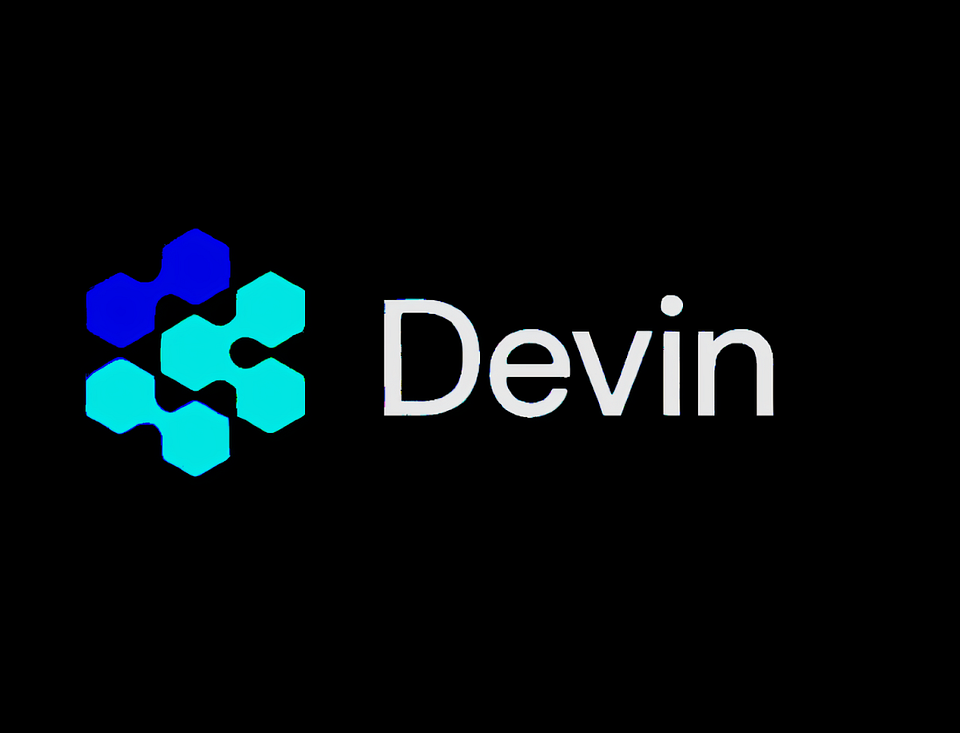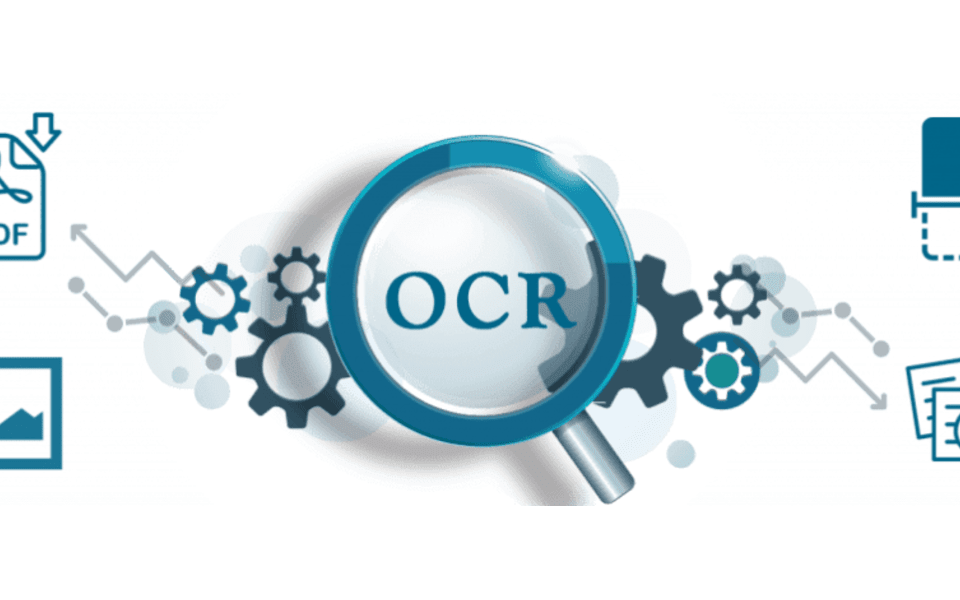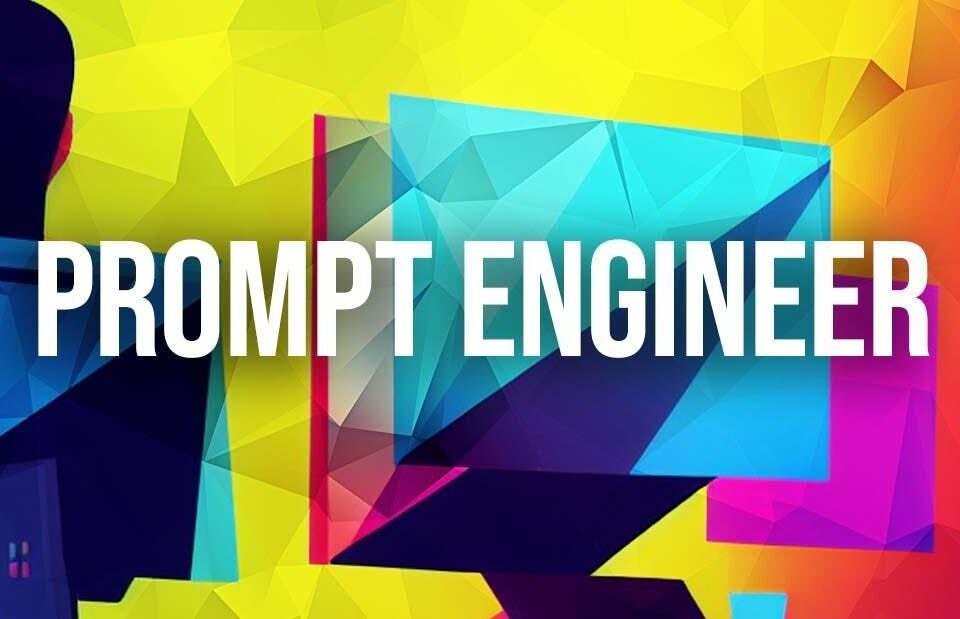Understanding How ChatGPT Maintains Context

How to support Mental Health at Work Place…
12th March 2024
ScyllaDB is better than Cassandra, and here’s why.
14th March 2024The concept of context in conversation is crucial, as it allows for coherent and meaningful exchanges. In the realm of artificial intelligence, this concept is equally important. One AI model that has gained significant attention for its ability to maintain context is ChatGPT. But how does ChatGPT keep context? This question is what we aim to unravel in this exploration.
ChatGPT: A Brief Overview
ChatGPT is a language model developed by OpenAI. It utilizes a variant of the GPT (Generative Pretrained Transformer) model, which is designed to generate human-like text based on the input it receives. The model has been trained on a diverse range of internet text, but it doesn’t know specifics about which documents were part of its training set.
What sets ChatGPT apart from other AI models is its ability to generate responses that not only make sense in the immediate context of a conversation but also maintain coherence over a longer interaction. This ability to keep context is what makes ChatGPT a fascinating subject of study.
Understanding Context in ChatGPT
To understand how ChatGPT maintains context, it’s essential to first understand what context means in this scenario. In a conversation, context refers to the information that has been previously established, which helps shape the meaning of subsequent exchanges.
For ChatGPT, context is the series of recent messages in a conversation. It uses these messages as input and generates a response that fits within that context. However, the model doesn’t have a memory of past interactions beyond the current conversation. This is an important distinction to keep in mind when considering how ChatGPT keeps context.
How ChatGPT Keeps Context
Token-based approach
ChatGPT operates on a token-based approach. Each word or piece of a word is considered a token. The model can consider a certain number of these tokens at a time, which is referred to as the model’s “context window”. The size of this window is a key factor in how ChatGPT maintains context.
When generating a response, the model considers all the tokens within its context window. This includes tokens from the user’s input as well as the model’s own previous responses. By considering all these tokens, ChatGPT can generate a response that’s coherent and relevant to the ongoing conversation.
Limitations and workarounds
While the token-based approach allows ChatGPT to maintain context, it also presents certain limitations. The model’s context window can only hold a finite number of tokens. If a conversation exceeds this limit, the model may lose some context, which can affect the coherence of its responses.
However, there are workarounds to this limitation. For instance, developers can truncate or summarize long conversations to fit within the model’s context window. This allows the model to maintain the most relevant context while discarding less important information.
ChatGPT and Contextual Understanding
While ChatGPT’s ability to keep context is impressive, it’s important to note that the model doesn’t truly understand context in the way humans do. It doesn’t have an understanding of the world or a memory of past interactions. Instead, it uses patterns in the data it was trained on to generate responses.
Despite this, ChatGPT’s ability to maintain context makes it a powerful tool for a variety of applications, from drafting emails to writing code. As AI technology continues to evolve, we can expect to see even more sophisticated contextual understanding in future models.
Conclusion
The question of how ChatGPT keeps context is a complex one, involving a blend of AI technology, data patterns, and clever workarounds. While the model’s understanding of context is not equivalent to human understanding, its ability to maintain context in conversation is undeniably impressive.





